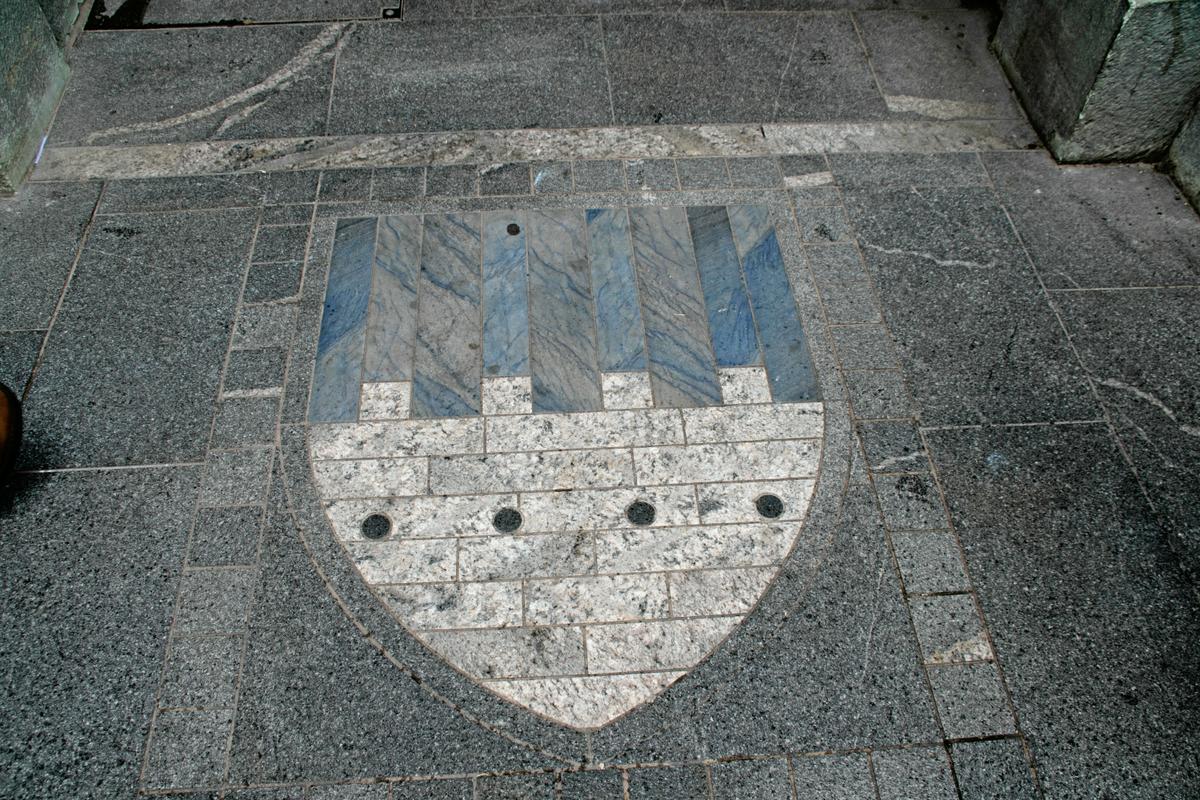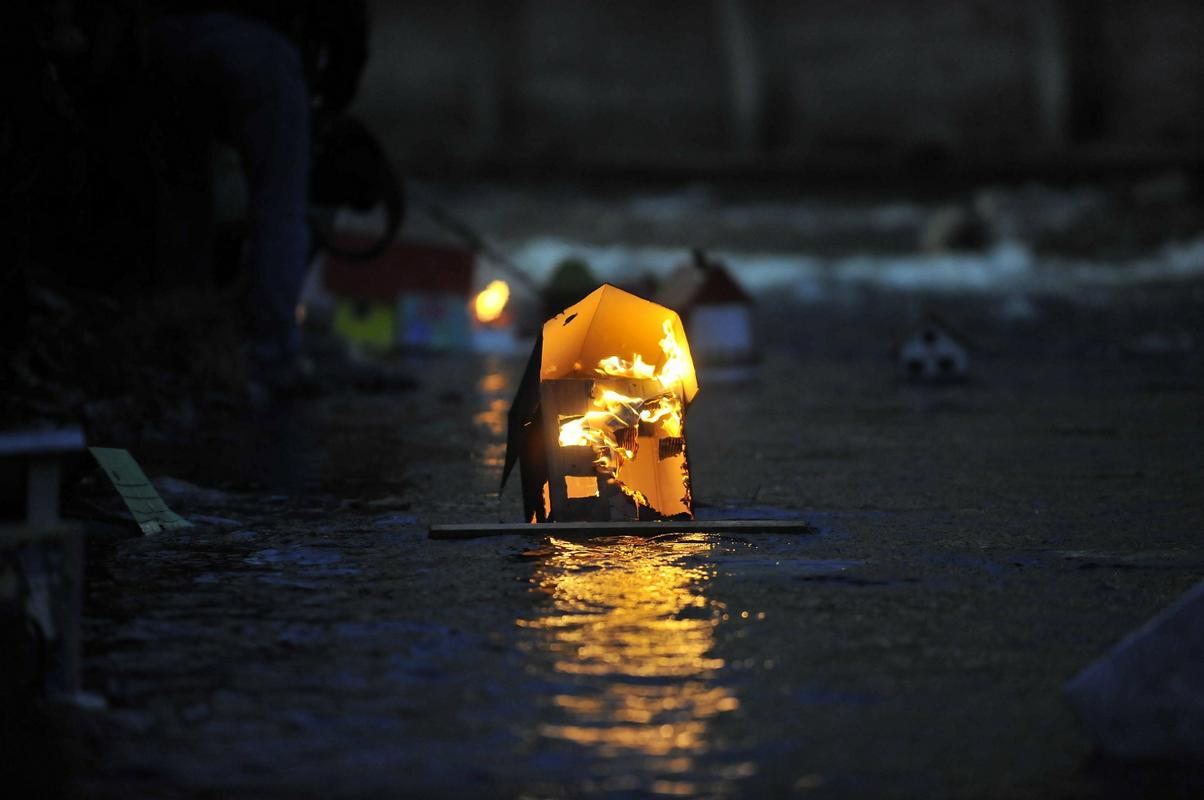


Beautiful Tržič is situated near the ancient route that for centuries led over the Ljubelj pass and connected Carinthia with the plains of Gorenjska. Nowadays the route over the mountains may no longer be trodden (as travellers instead opt to use the tunnel which goes through the Karavanke mountain range), but Tržič has always profited from its location on this old trade route, and the town is still a regional centre for trade and crafts.
Although a big fire destroyed a large part of the town centre in 1811, the population overcame this setback with financial help of Austrian Field Marshall Joseph Radetzky. He owned a mansion in the town and is immortalized by the famous Radetzky March, which was composed by Johann Strauss and dedicated to this brilliant army leader. The town centre of Tržič has been protected since 1985 as a cultural and historical monument and this is clear proof of its rich past and architecture, and due to its many little canals with bridges the town is often referred to as the 'Venice of Gorenjska'. A staggering 80% of the municipality of Tržič is considered a protected area as part of the European Natura 2000 project, which aims to protect important areas where flora and fauna can thrive. The town and surrounding area is an excellent destination thanks to its breathtaking landscape, rich history and cultural heritage.
Just a short drive from Tržič in the heart of the Karavanke mountain range lies the Dovžanova Soteska Gorge, a site of immense natural beauty. Throughout time the wild Tržiška Bistrica river has cut itself deep into the limestone here, creating this unique spot and uncovering rich geological treasures. Since 1988, it has officially been a protected natural monument. A wide range of fossils and stones dating back to the Paleozoic era have been uncovered here and can still be found in and around the gorge. Most notable are fossils of the Schwagerina carniolica, a micro-organism which used to thrive in a shallow sea that covered this area and can only be found here.
It's advisable to take the educational path, which leads past all the geological highlights and ends at the Exhibition and Educational Centre in the Dolina Valley, where the staff can tell you everything about the origins of the fossils and creation of this breathtaking landscape. Nearby is the impressive sight of the Tržiška Bistrica river cascading down huge flint rocks and some enormous limestone pyramids.
Museum of Tržič
Located in a well-preserved 150 year-old manor once owned by the influential Pollak family, the museum presents a clear insight into the cultural and ethnographic heritage of the Tržič area through a variety of exhibits. Crafts like shoemaking, charcoal burning, leather tanning, wheel-making, weaving and dyeing have a long tradition and were important means of income in the region. The different guilds responsible for these professions were very influential in Tržič and their legacy can still be seen today. The exhibitions in the museum paint a vivid picture of how these traditional occupations were performed, as well as the living and working conditions of the workers. Very interesting and entertaining at the same time.
Tržič Old Town Center
Tržič gained market rights in 1492 and was a booming trade and crafts town, favourably located near the Ljubelj pass which was an important trade route connecting Central Europe with the Mediterranean. Originally the old town centre consisted mostly of wooden buildings, which turned out to be an important catalyst for an enormous tragedy in 1811, when a gigantic fire broke out devastating the town, resulting in the destruction of more than 200 buildings and the deaths of 75 people. To avoid a repetition of this tragedy all new buildings had to be built according to strict regulations in the year following the fire.
Nowadays, on most of the old houses you can see steel doors and window shutters, while the door and window frames are made from a fireproof green volcanic rock known as tuff. Most of the dwellings have a unique feature called jostle stone, these were placed to protect the buildings from carriages which could scrape and hit the façade. The prevalent architecture is classicist. Therefore there are many small details, for instance portals decorated with rosettes and images of the all-seeing eye bearing the house number. Several of the old buildings, which used to be tanneries and dyers, have characteristic holes just below the roof where textile and hides were dried. Situated between the streams of the Tržiška Bistrica and Mošenik rivers this picturesque town centre with its colourful authentic buildings is a hidden gem waiting to be discovered. The local tourist office offers excellent guided tours.
Mauthausen Memorial Park
The park is situated at the location where the Ljubelj concentration camp (part of Mauthausen) once stood. The camp was built to house the prisoners who were charged with carving out a 1.5km long tunnel through the Karavanke mountain range. Although there was also a small contingent of civilian engineers and workers, the largest part of the workforce consisted of political prisoners and captured combatants, who were forced to work on the tunnel in deplorable and inhumane conditions. Between 1943 and 1945 the mostly Polish, French, Russian, Yugoslav and Norwegian prisoners worked without any respite on the strategically important tunnel.
Nowadays the site of the concentration camp, the only one on Slovene territory, is marked by an impressive sculpture. The monument is in the shape of a skeleton with a heart, raising its arms to the sky accompanied by the inscription on the pedestal: j'accuse (I accuse). Across the road the foundations of a large part of the camp still remain and information signs specify the exact layout of the complex and the function of the buildings. In the cellar of the nearby Koren restaurant is a memorial room with an exhibition consisting of the prisoners' personal belongings, the tools they used and photographs of the camp and its detainees. The whole site is a monumental place, and we recommend visiting this historically important location.

































































